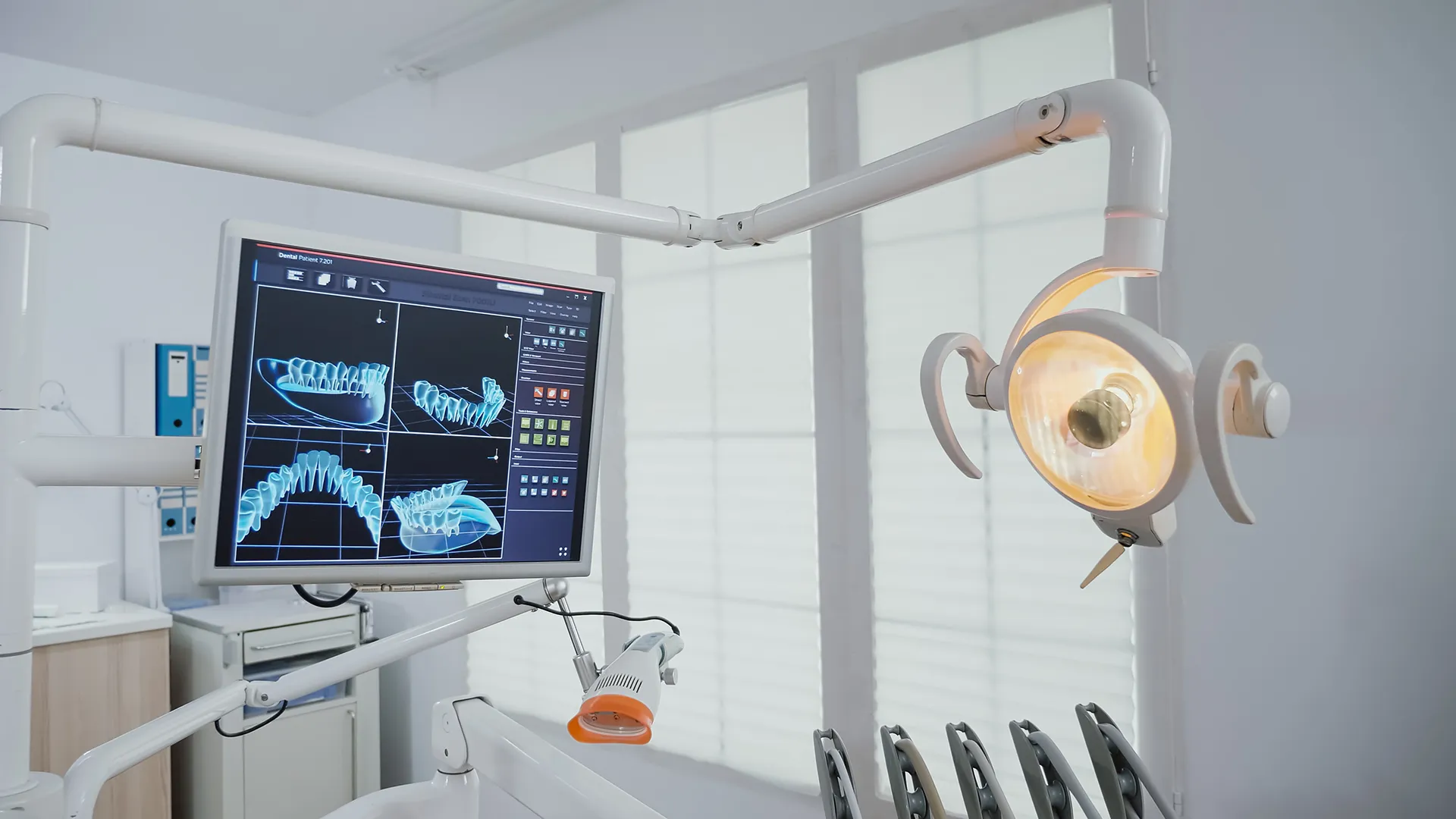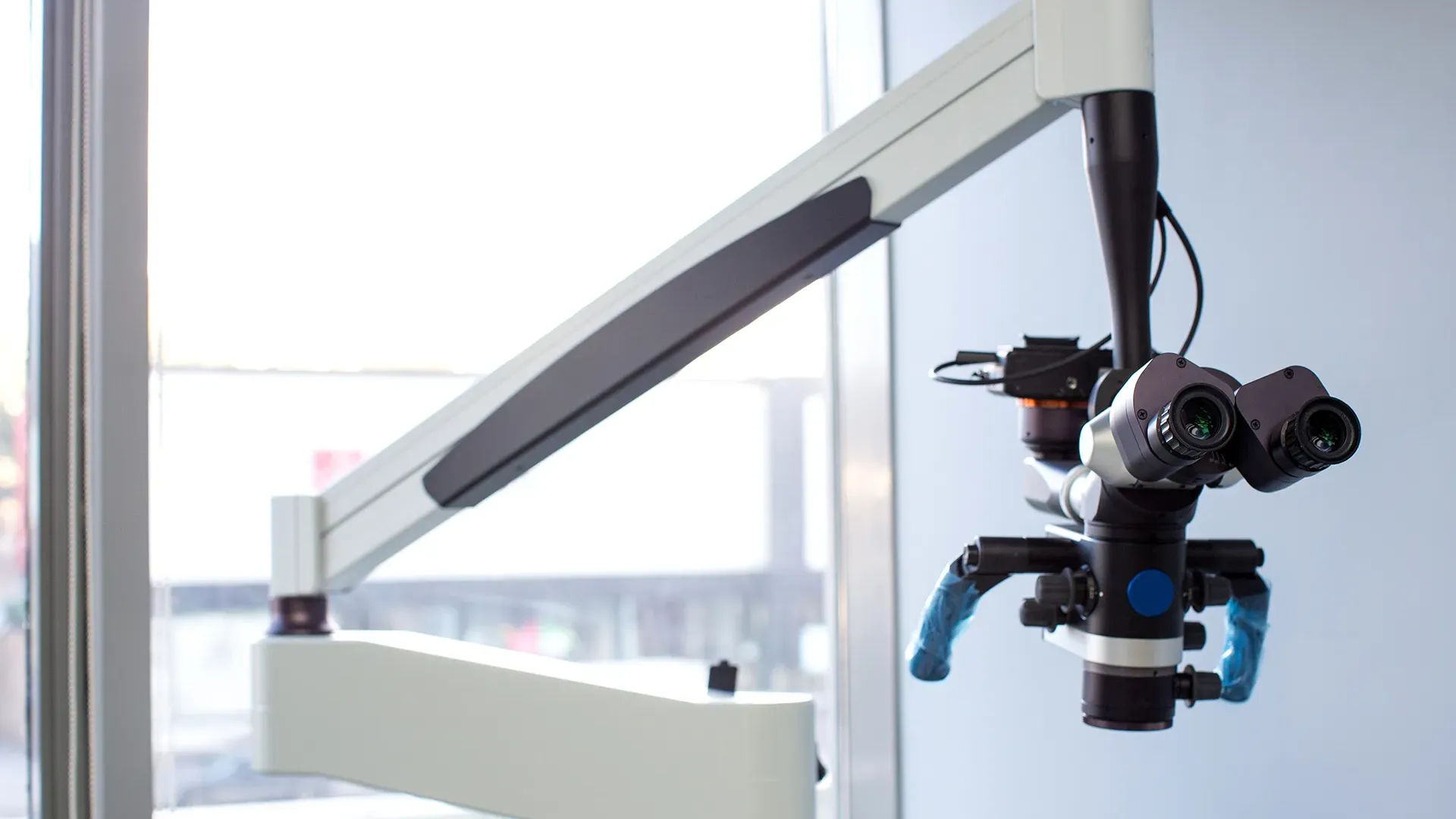It’s Critical to Ship Medical Equipment Correctly.
Most medical equipment is precision instruments, which contain precision parts or fragile glass, such as MRI machines and CT scan machines. The stakes are extremely high for medical equipment producers, hospitals, and others in the business. Even if it appears to be minor damage, resulting in delayed patient treatment, increased maintenance costs, and damage to the manufacturer’s reputation.
No company wants its assets to be lost or damaged while being transported. Not only do you need to preserve your investment, but the instruments, devices, and supplies you’re transporting may be critical to a patient’s effective diagnosis and treatment.
Normally, the carrier is responsible for ensuring the safe transportation of the products, but proving liability for damage to the goods, particularly hidden damage that is difficult to detect, is extremely challenging.
Understanding your alternatives is the first step in delivering major medical equipment, smaller devices, drugs, or supplies.
You can use various indicators on your boxes to indicate if your product was mishandled at any point during the shipping process. These labels raise awareness of the possibility of problems. They also act as a clear deterrent to your carrier’s rough treatment.
Shockindicator: change color when a box is dropped from a specific height or struck with a damaging amount of force from any direction.
Tiltindicator: When the container is tilted over 80 degrees, the label will change color.
According to data, using impact indicators can reduce the loss of goods during transportation.
Medical equipment transportation precautions
1. Check the condition of the vehicle before leaving the vehicle
2. Carefully check whether the goods are intact and whether the number and number of equipment are consistent with the bill of lading
3. Check the outer package, the Shockindicator and Tiltindicator if is complete
4. Check the binding secure after loading to avoid collision and dumping during transportation
5. When the device arrives at the destination, check whether the Shockindicator and Tiltindicator are activated and take pictures.




